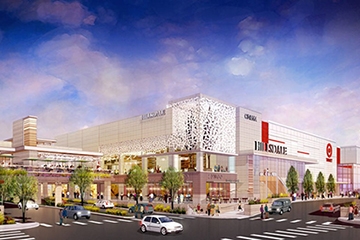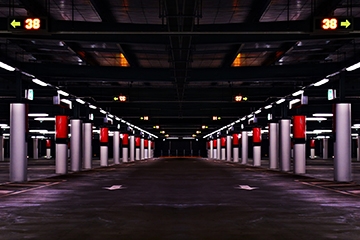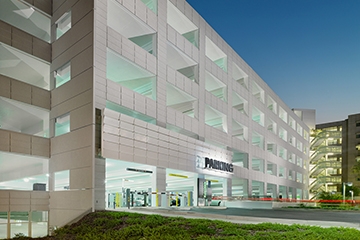When we design parking, the goal is to create a user experience that enhances a destination. As different user groups have different parking needs, accomplishing this goal requires a thorough, holistic look at the site to determine how its unique constraints and the desired level of service will integrate with functional parking design. However, uses evolve and preferences change. If you determine your parking isn’t serving your users as well as it could be, it might be time for a “functional fix.”
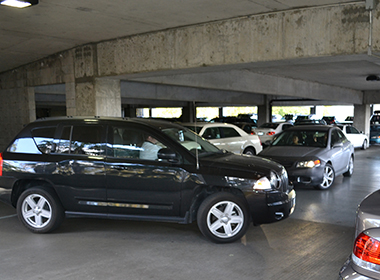 Vehicular conflicts were an issue in this garage in the City of Davis. An alternative site circulation plan was proposed to help eliminate them.
Vehicular conflicts were an issue in this garage in the City of Davis. An alternative site circulation plan was proposed to help eliminate them.
Updating an Older Facility
Older garages may benefit from a tune up to ensure they are user friendly and keeping up with changing needs and technology. For example, an assessment of an underutilized garage for the City of Davis revealed a number of opportunities to improve the user experience.
An alternative site circulation plan would eliminate dangerous vehicle conflicts. A redesigned parking layout that increased the width of compact stalls would prevent large vehicles from taking up more than one space.
New interior signage was recommended to improve traffic flow and avoid vehicular conflicts, while external signage was suggested to improve location and awareness.
These budget-friendly functional fixes can go a long way towards creating a much more positive parking experience.
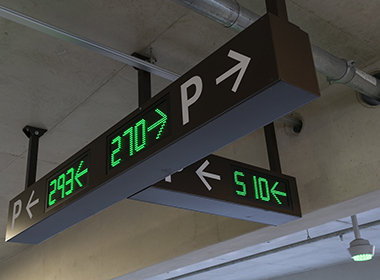 Adding a parking guidance system can make an existing garage more user friendly.
Adding a parking guidance system can make an existing garage more user friendly.
Redeveloping an Existing Facility
When an existing use is redeveloped into something new, chances are that associated parking facilities may need adjusting in order to best serve the new clientele.
Some issues that may need to be addressed include updating signage, incorporating new technology such as parking guidance and revenue control systems and determining whether new user groups will need to be separated or can share parking.
If the user base is changing, entry/exit and circulation may need to be reconfigured to best suit their needs.
This was true for Hillsdale Mall North’s expansion in San Mateo, California. As part of a redevelopment of an ageing Sears store and underutilized parking lot, the existing garage needed a full review to ensure it would serve patrons of the new mixed-use entertainment center.
The same internal park-on-ramp found in the center’s other garages was integrated to create consistency of flow and uniformity between other parking structures. The entry and exit sequence was reconfigured to be more user friendly and better connect with the new traffic flow in and around the center.
A parking guidance system was also recommended that would not only serve this garage, but ultimately be phased into the other structures throughout the development.
Fine Turning Operations
Both new and existing facilities may find themselves facing unexpected operational issues, from safety to wayfinding to unanticipated mixing of uses. A full review of these issues can lead to solutions that improve your operations plan.
For instance, a parking facility serving the University of California Office of the President had received complaints about speeding, noise, and unsafe conditions for pedestrians and bicyclists. Traffic calming elements were recommended to slow down speeding drivers. Crosswalks and bicycle lanes with warning lights were proposed to increase safety. Replacement of expansion joints was suggested to mitigate noise issues.
New parking facilities may need some fine tuning as well, as actual usage needs and patterns may differ from original plans. For instance, are mixed-uses sharing parking as expected, or are there unanticipated challenges? Are valet operations meeting customer needs? Is the parking guidance and revenue control systems functioning as needed, or do refinements need to be made?
Functional fixes have the power to dramatically improve the user experience in a parking facility. Have you evaluated your parking facilities lately? How might they benefit from a functional fix?
Rallying together. Staying connected!


